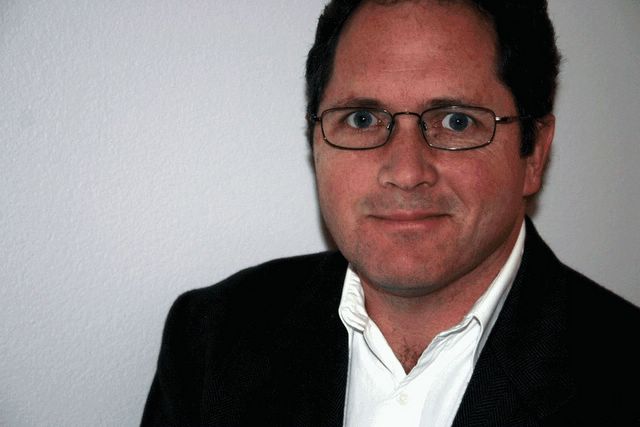(From October 2006 MedMarkets)
From time to time, when I am looking at current developments to gauge the future of medical technology markets, certain common threads seem to be seen suggesting a theme, if not a legitimate trend, encompassing them all. Each of the developments may be noteworthy on their own, but if part of an overall trend, the developments become supportive evidence.
Explosive New Technology
The emergence of evidence that drug-eluting stents correlate to some significant degree with increased risk of late-stage restenosis demonstrated that the technology that suddenly produced at $5 billion market for J&J, Boston Scientific and now others (see "Drug-Eluting Stents Vie for Market Share With Innovation, Acquisitions" in this issue, page 1) was not as perfect as cardiologists (or investors) would have hoped. One might be inclined to grant a little forgiveness on the part of both manufacturers and clinicians in their zeal for the new technology, given the incontrovertible data on the restenosis associated with bare metal stents and the overwhelmingly positive short term data that drug-eluting stents dramatically reduce restenosis. But the zeal did extend beyond the direct clinical benefit of anti-restenosis. It extended to the support for a huge medical device market—encompassing angioplasty and stents—that was arguably at risk of renewed competition by coronary artery bypass grafting, which has seen device market development of its own (beating heart bypass, percutaneous technologies, even robotics) to retake the market for treatment of coronary artery disease. Neither patients seeking better outcomes, nor clinicians seeking secured caseload, nor manufacturers seeking increased revenue had particular incentive to challenge the long-term outcomes of drug-eluting stents. Those who did raise such yellow flags were not well received.
Business Week Online (Science & Technology, October 9, 2006) noted the case of Dr. Renu Virmani of the cvpath Institute (Gaithersburg, MD) who, at a meeting in Paris in 2004, tried to inject a level of restraint in the enthusiasm for drug-eluting stents. She believed, based more on (what turned out to be valid) instinct than on a large body of hard clinical data, that the drugs used to prevent restenosis would in fact only delay restenosis or lead to other problems, such as clots. By all accounts, her message was not well received. Now, with the benefit of hindsight and hard clinical data, even clinicians and manufacturers are acknowledging the higher risk of blood clots associated with drug-eluting stents. However, one can't help but feel the implicit tendency among all stakeholders to minimize the significance of this increased risk while noting, of course, that more data needs to be collected.
We can go out on a relatively short limb here and assert that virtually every new technology will be overused in the short run. For medical technologies, the primary limiter is contraindication, and until a sufficient body of clinical data is produced to flesh out the contraindicated population, there will be little limitation in a new technology's growth. The alternative is untenable, that a new technology not be approved until such volume of data is produced by numbers of cases and long term follow up to fully elucidate all the risks. The FDA, of course, would be the remaining voice for restraint, but its voice is virtually drowned out by clinicians, manufacturers and patients who clamor for the new technology.
Radically New Technology
In a recent report issued by the Woodrow Wilson Center's Project on Emerging Nanotechnologies, Michael Taylor, former deputy commissioner for policy at the FDA and now a professor at the University of Maryland, notes that the FDA is severely constrained by budget limitations such that it is wholly ill-prepared to regulate nanotechnologies. Taylor notes that, with upwards of 320 products with nanomaterials already on the market, and with over 200 drugs and medical devices incorporating nanotechnology in the pipeline, the FDA needs to be authorized by Congress to collect more safety data and perform more post-marketing surveillance. Moreover, the agency simply needs more funding to hire staff and develop expertise that is as good or better than the nanotech industry that it will be expected to police.
Nanotechnology is a radically new technology or, rather, technologies. The definition of nanotechnology, framed as it is simply by the size the of products (or their components), lends itself to an incredibly diverse set of technologies (see past MedMarkets issues //Dona??//) that will exceed FDA’s abilities to address safety and efficacy. By some estimates, the U.S. government has already invested $1.3 billion in nanotechnology initiatives and private industry has added another $1.7 billion, as testament to the benefits that are expected to emerge. If, as was already noted, the FDA had limited ability to provide effective restraint in the growth of drug-eluting stents, a market for which it arguably already has adequate expertise, then what might one expect for nanotechnology?
The examples of drug-eluting stents and nanotechnologies centered on limitations with the FDA in constraining the emergence of technologies to protect patients, and while regulation of medical technologies by the FDA must certainly become more effective (read, more aggressive) to accompany the aggressive development of medical technologies, the best regulation of medical technologies cannot occur without the effective management of the downside of medical technologies by manufacturers themselves. The recent history of manufacturers not taking the long view of their products (e.g., Guidant, Merck) is evidence enough for products that aren’t characterized by rapidly growing or radically new technologies. The range, types and potential impact of new technologies poised to enter the marketplace (i.e., beyond nanotechnologies) is truly breathtaking and without some level of judicious restraint applied to the pace of their introduction, the past examples of repercussions from technologies too aggressively introduced will pale in comparison.
Tags: medtech, FDA, nanotechnology, stents
Wednesday, October 25, 2006
Subscribe to:
Post Comments (Atom)

No comments:
Post a Comment